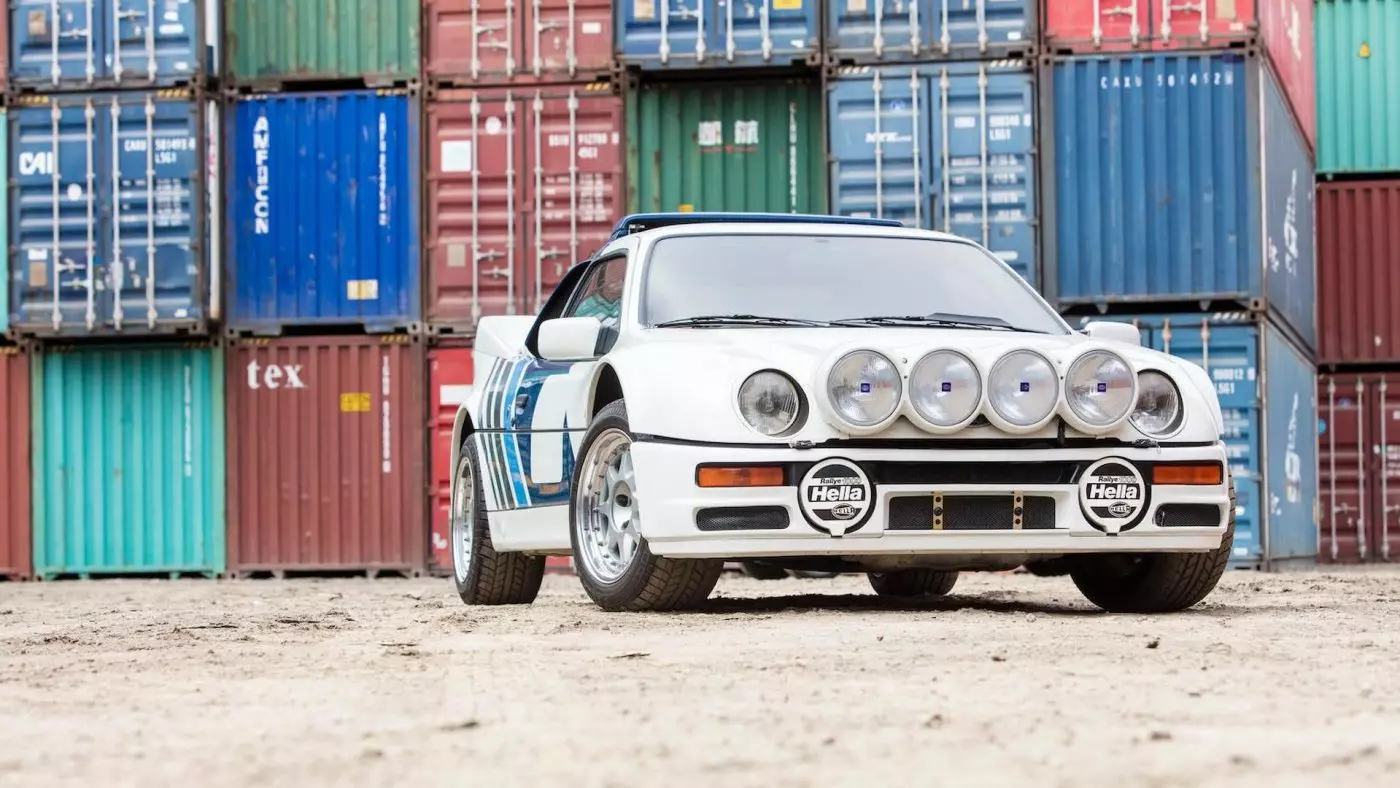Mark your calendar: August 18th, Quail Lodge & Golf Club in Carmel, California. It is at this annual event that Bonhams will auction seven automotive gems. All of them special homologation versions. True competition prototypes that had little or nothing to do with the other series cars produced by their manufacturers.
Derived directly from machines that made history in the world rally championships, these models were “civilized” only for what was strictly necessary to be able to travel legally on public roads. Among the seven models, the Group B derivatives dominate, with six examples: Audi Sport Quattro S1, Ford RS200, Ford RS200 Evolution, Lancia-Abarth 037 Stradale, Lancia Delta S4 Stradale and Peugeot 205 Turbo 16. The seventh example , no less spectacular, is the Lancia Stratos HF Stradale, previous to Group B, which was born according to the rules of Group 4.
1975 Lancia Stratos HF Stradale
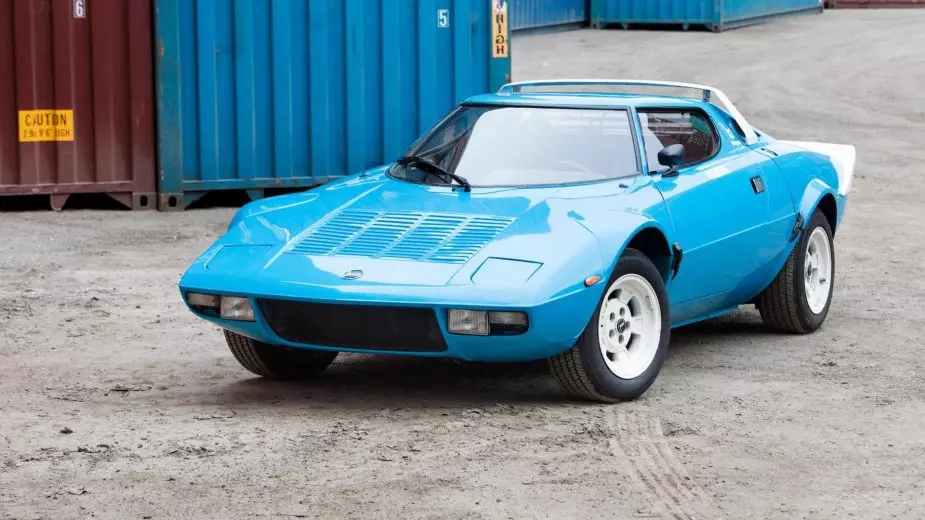
Designed and built by Bertone, the Lancia Stratos remains an icon. It was conceived from scratch and with only one purpose: to take revenge in the world rally. But the rules forced the production of 500 road units, in order to be homologated in the competition, and thus the Lancia Stratos HF Stradale was born. Behind the occupants is the 2.4 liter V6 with 190 horsepower, capable of pushing the less than 1000 kg of the Stratos up to 100 km/h in 6.8 seconds and reaching a top speed of 232 km/h. This particular unit is only 12,700 km.
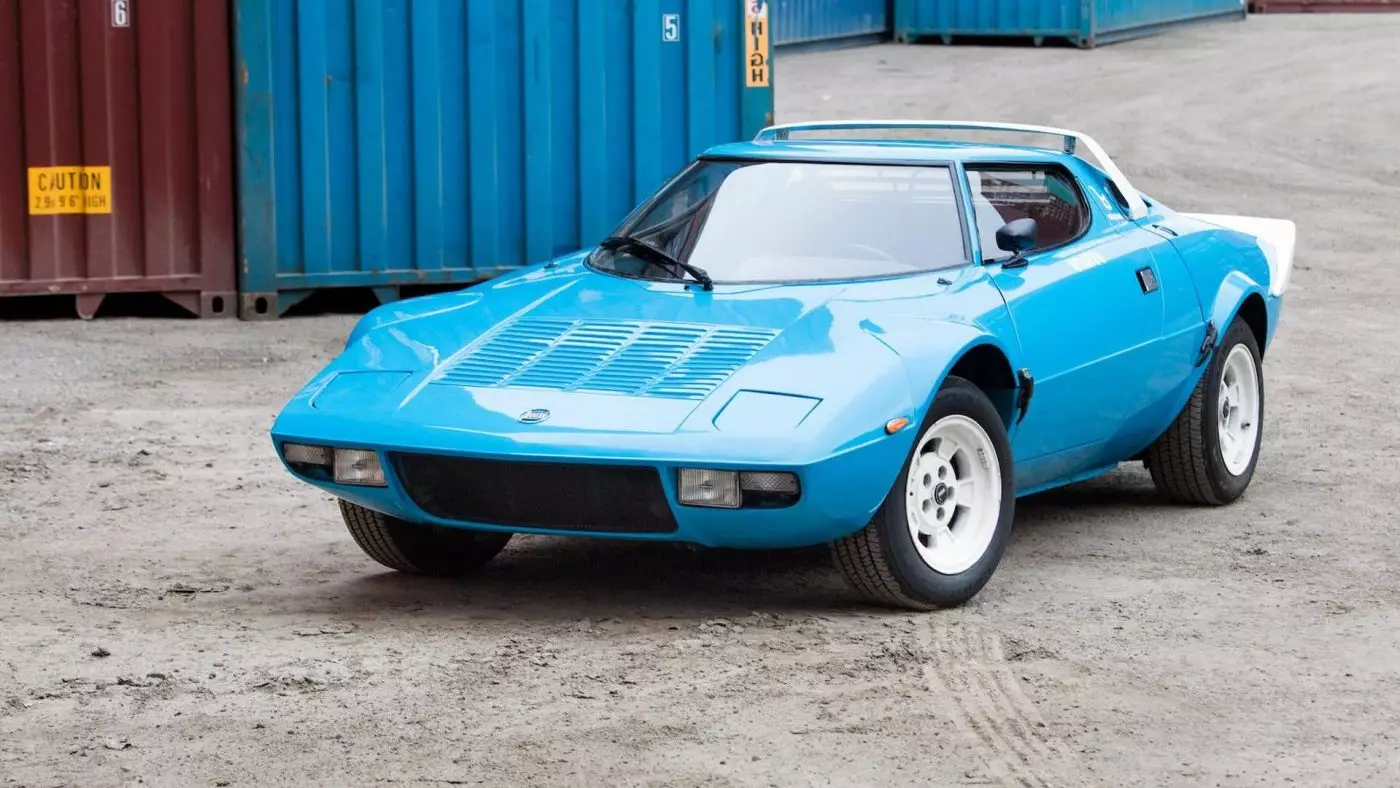
1983 Lancia-Abarth 037 Stradale
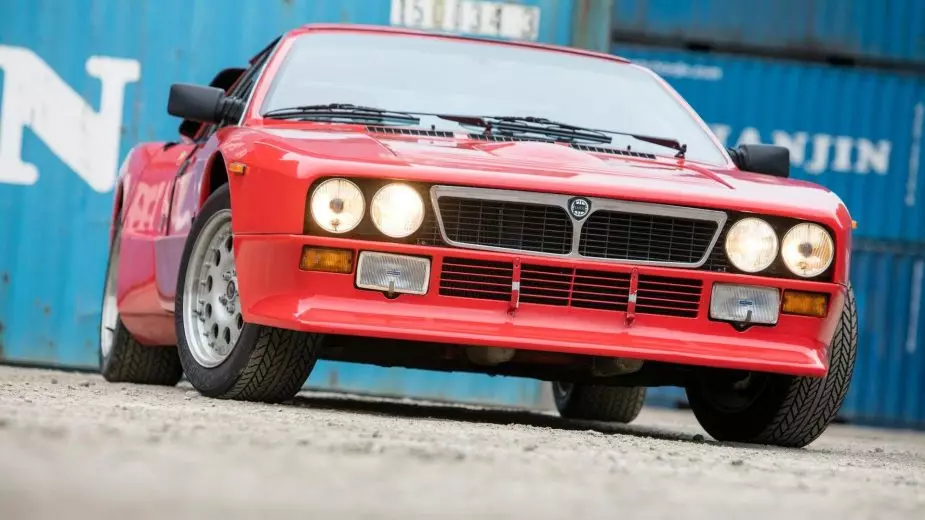
The last rear-wheel-drive car to win a world rally championship, precisely in the year this unit is up for auction (1983). A fiberglass-reinforced Kevlar bodywork and 2.0-litre engine, with four cylinders and longitudinally mounted compressor in central rear position defined it. It produced 205 horses and weighed 1170 kilos. Only 9400 km on the odometer.
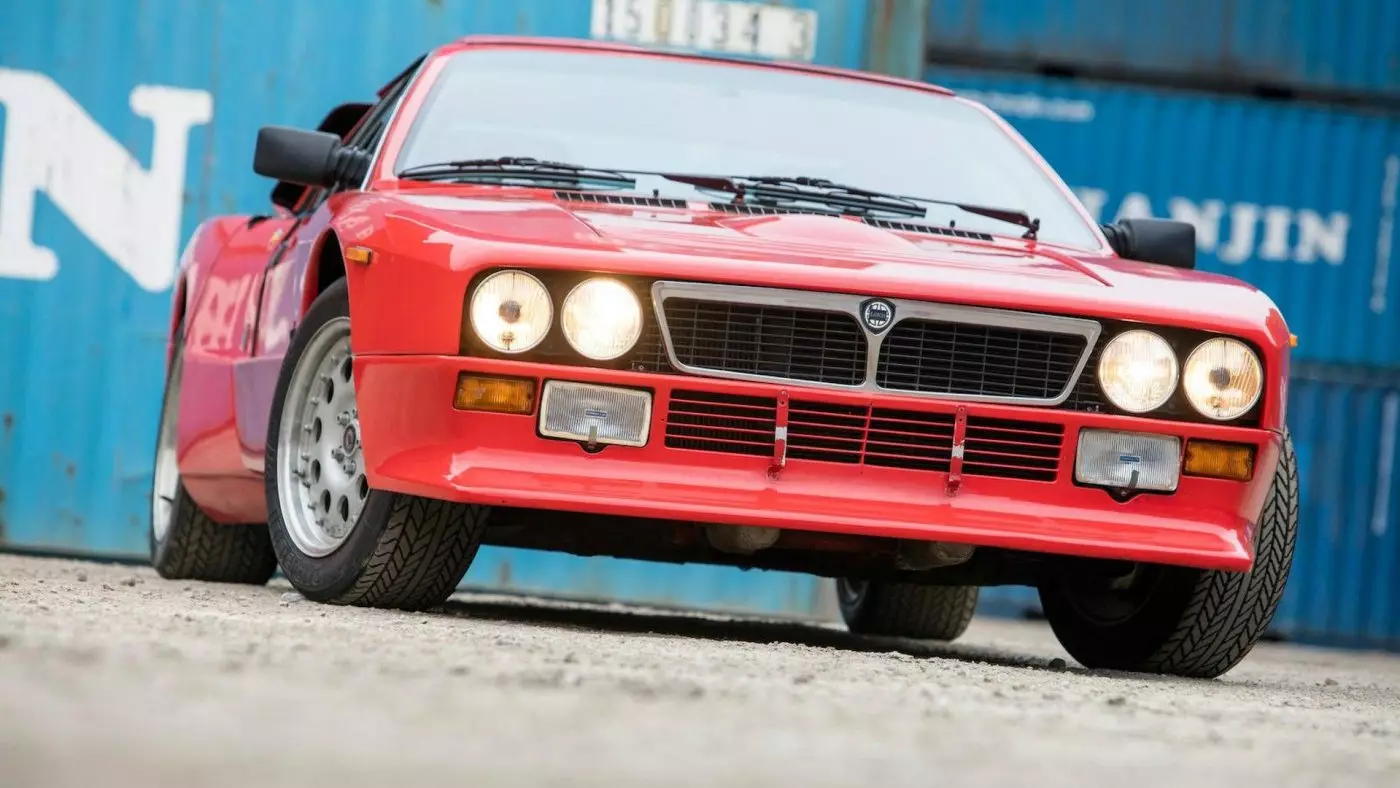
1985 Audi Sport Quattro S1
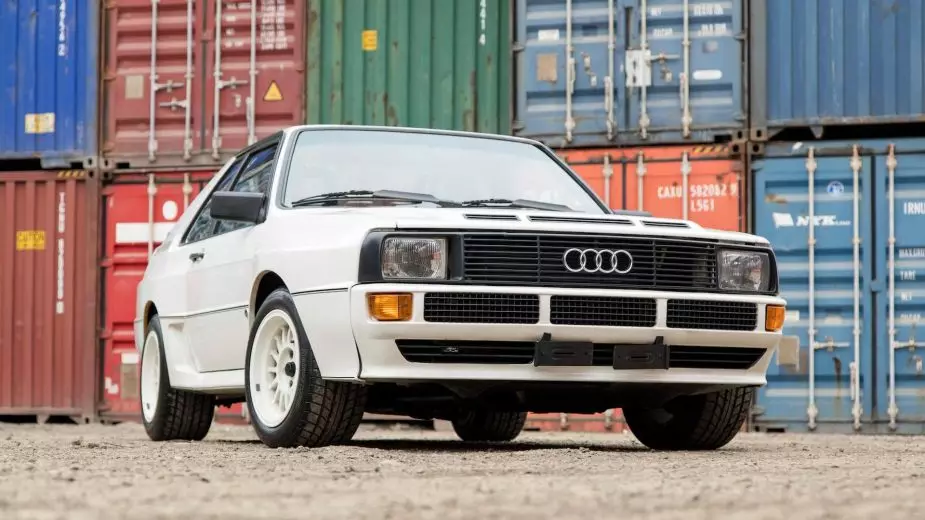
This model was Audi's answer to the mid-range rear engine monsters of Lancia and Peugeot. Relative to the Quattro that preceded it, the S1 stood out for its shorter wheelbase of around 32 centimeters. It kept the all-wheel drive system and, “hanging” at the front, there was the in-line five-cylinder 2.1-liter turbo with just over 300 horsepower. This unit features Walter Röhrl's signature on the steering wheel. Which is like saying: “the King was here”.
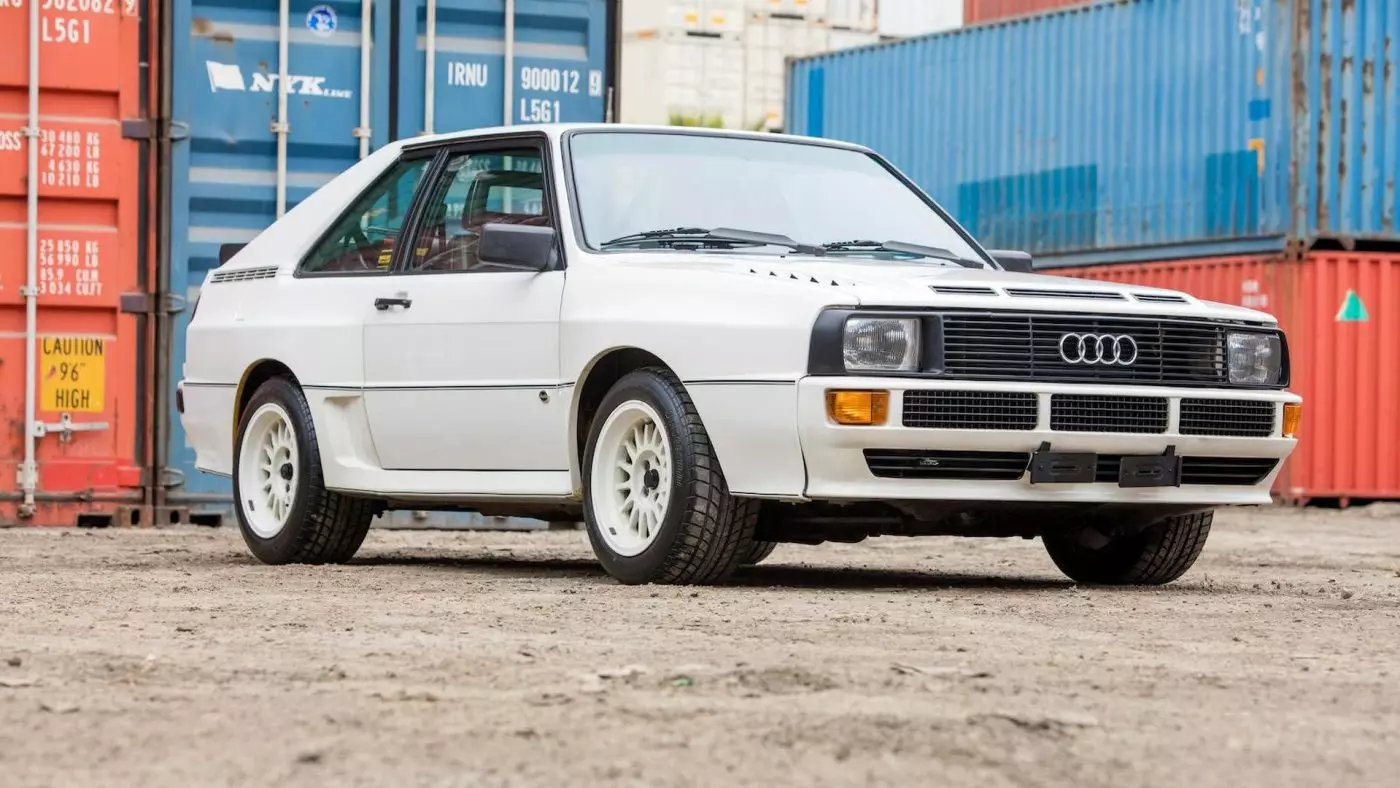
1985 Lancia Delta S4 Stradale
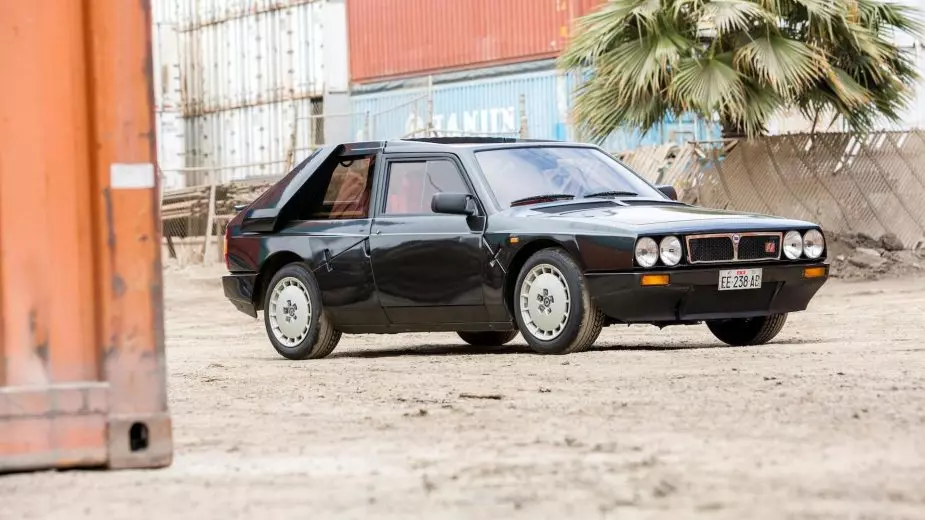
The Stradale version was as impressive as the competition version. Only 200 units were produced, and as in the competition car, the 1.8 liter engine used double supercharging (turbo+compressor) to combat turbo lag. In this civilized version, it delivered “only” 250 horses, enough to take the 1200 kg up to 100 km/h in 6.0 seconds. It brought luxuries such as an Alcantara-lined interior, air conditioning, power steering and an on-board computer. This unit is only 8900 km long.

1985 Peugeot 205 Turbo 16
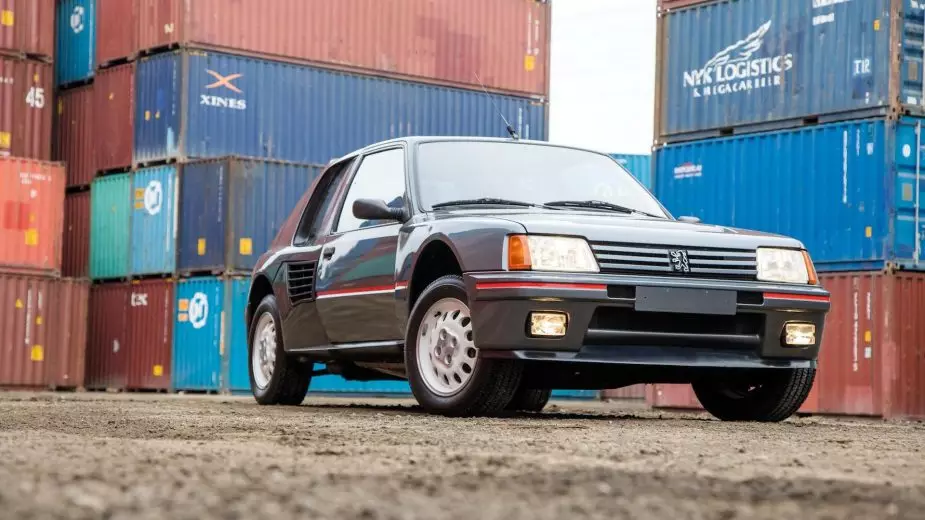
It looks like a Peugeot 205, but from 205 it has almost nothing. The 205 T16, like the Delta S4 was a monster with a rear mid-engine and full-wheel drive. Also produced in 200 units, the 205 T16 had 200 horsepower extracted from a four-cylinder turbo with 1.8 liters. This unit has only 1200 km covered.
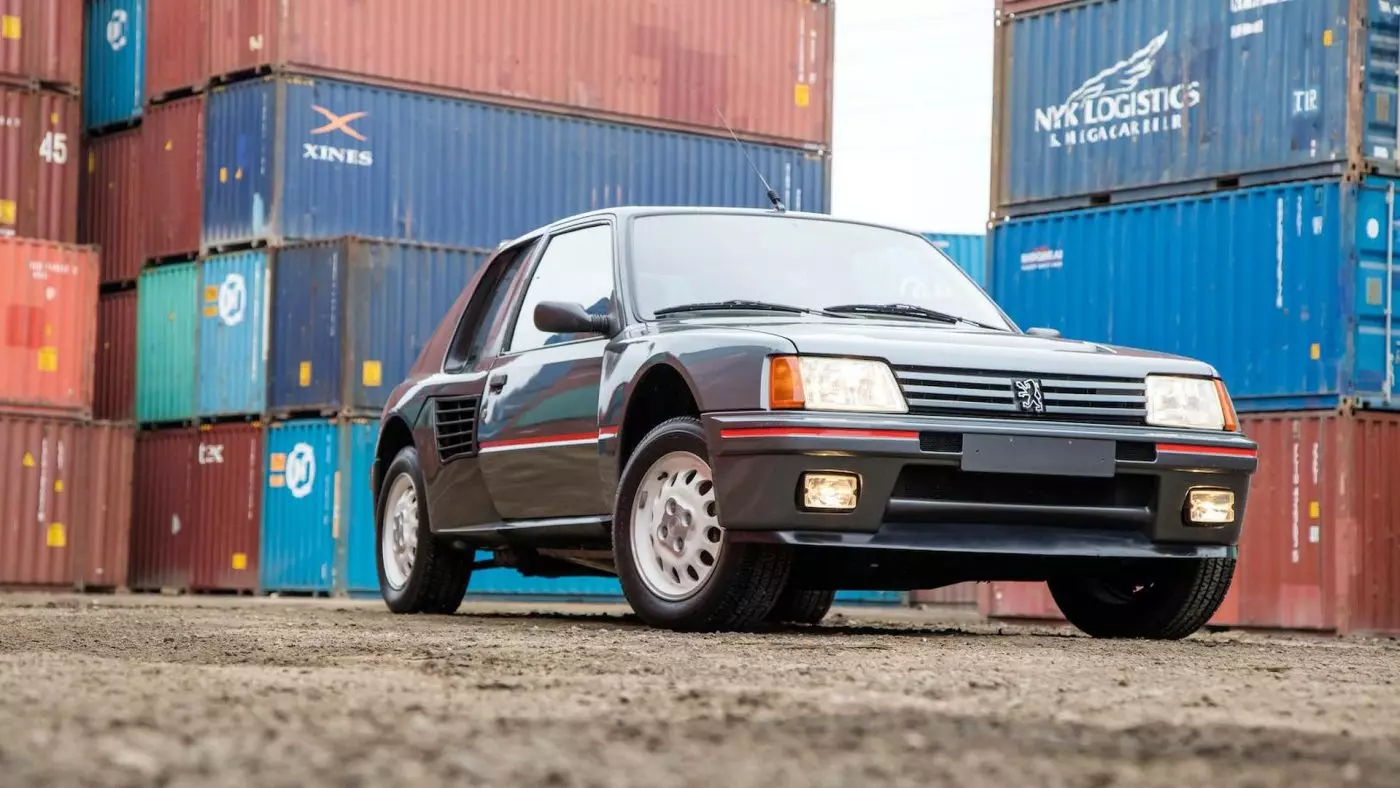
1986 Ford RS200
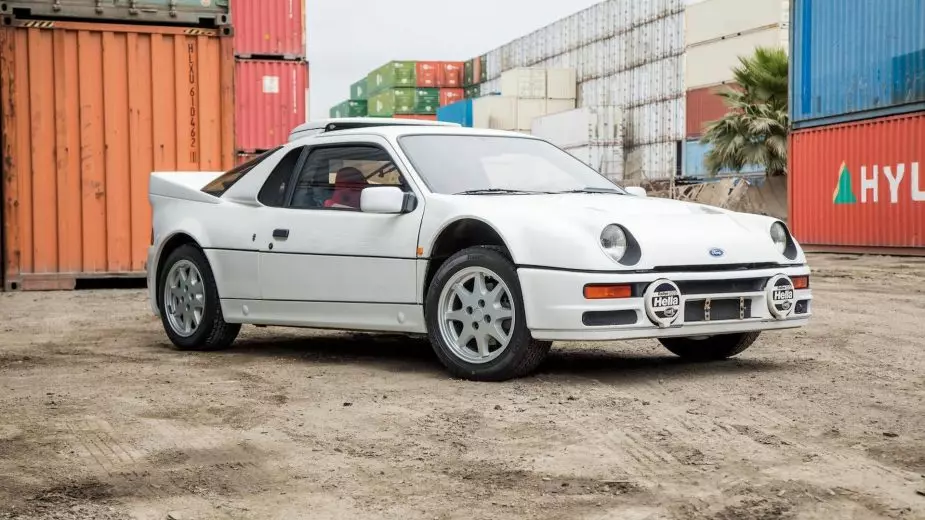
Unlike the Delta and the 205, the Ford RS200 had no ties to any production model, if only for its name or appearance. Like its rivals it was a four-wheel-drive monster, rear mid-engine, 1.8 liter, four-cylinder, turbocharged, developed by Cosworth. In total it delivered 250 horsepower and this unit even comes with a specific toolbox included.

1986 Ford RS200 Evolution
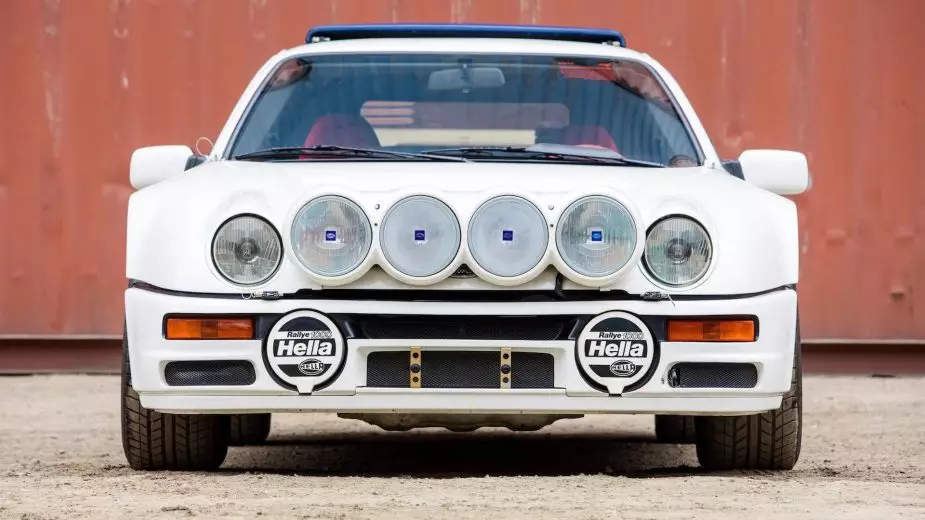
Of the 200 Ford RS200 units produced, 24 were converted to a more evolved specification, following the evolution of the competition car. As an example, the engine grew from 1.8 to 2.1 liters. It was supposed to debut in competition in 1987, but that never happened, due to the extinction of group B. However, some specimens continued to compete in European rallies and one of the RS200 Evolution became European Rallycross champion in 1991.
